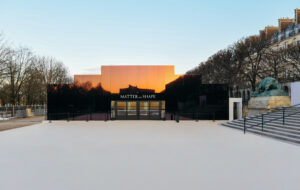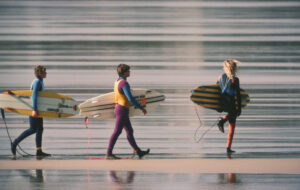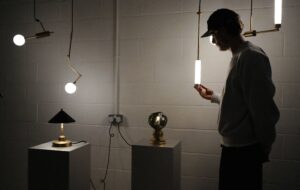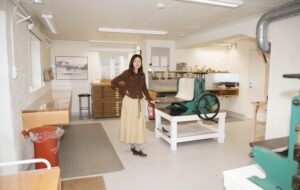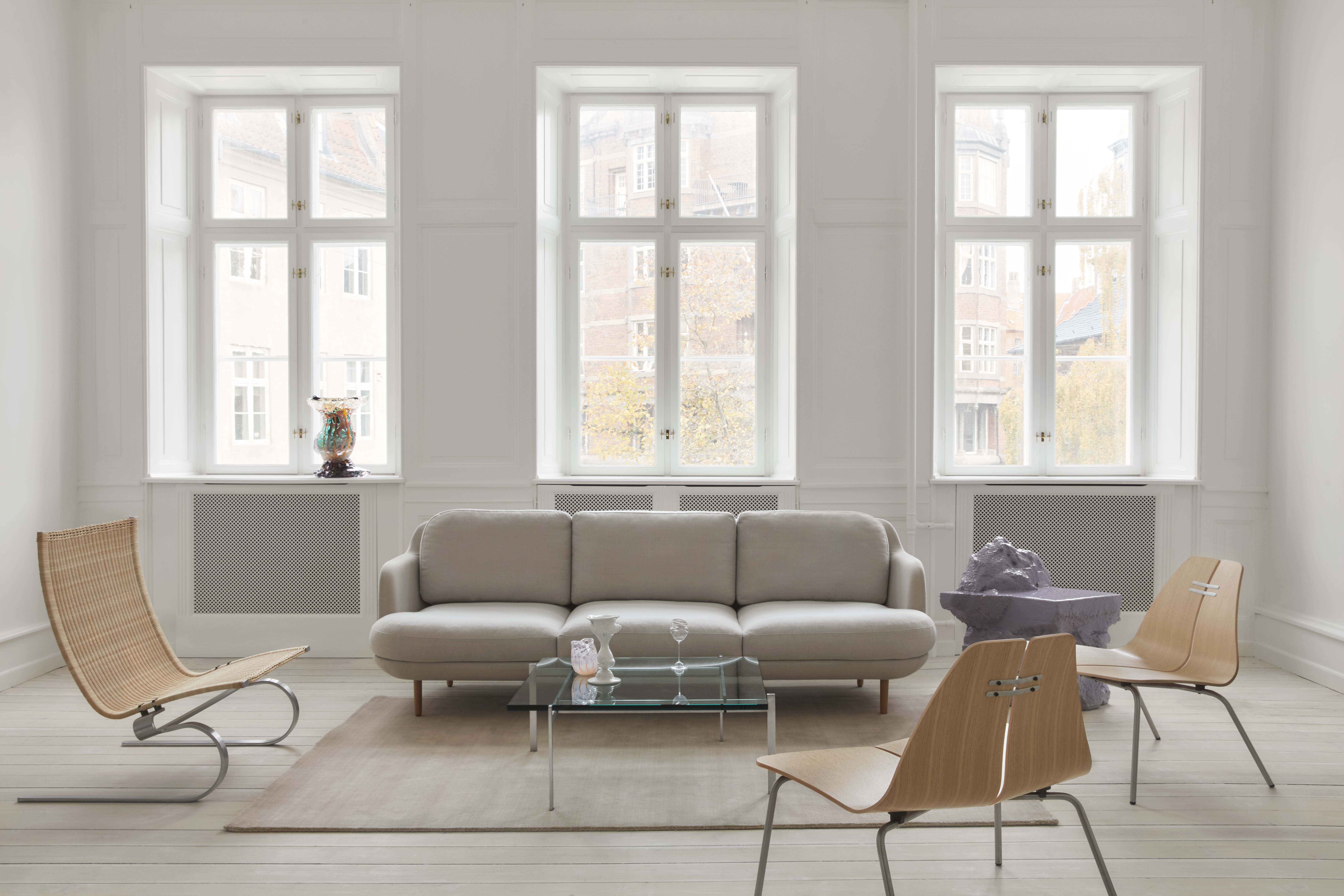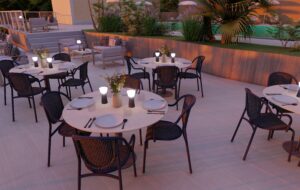The redevelopment of the ‘cult’ Berg mineral spa involved preserving the 1950s architectural character and updating it for contemporary use
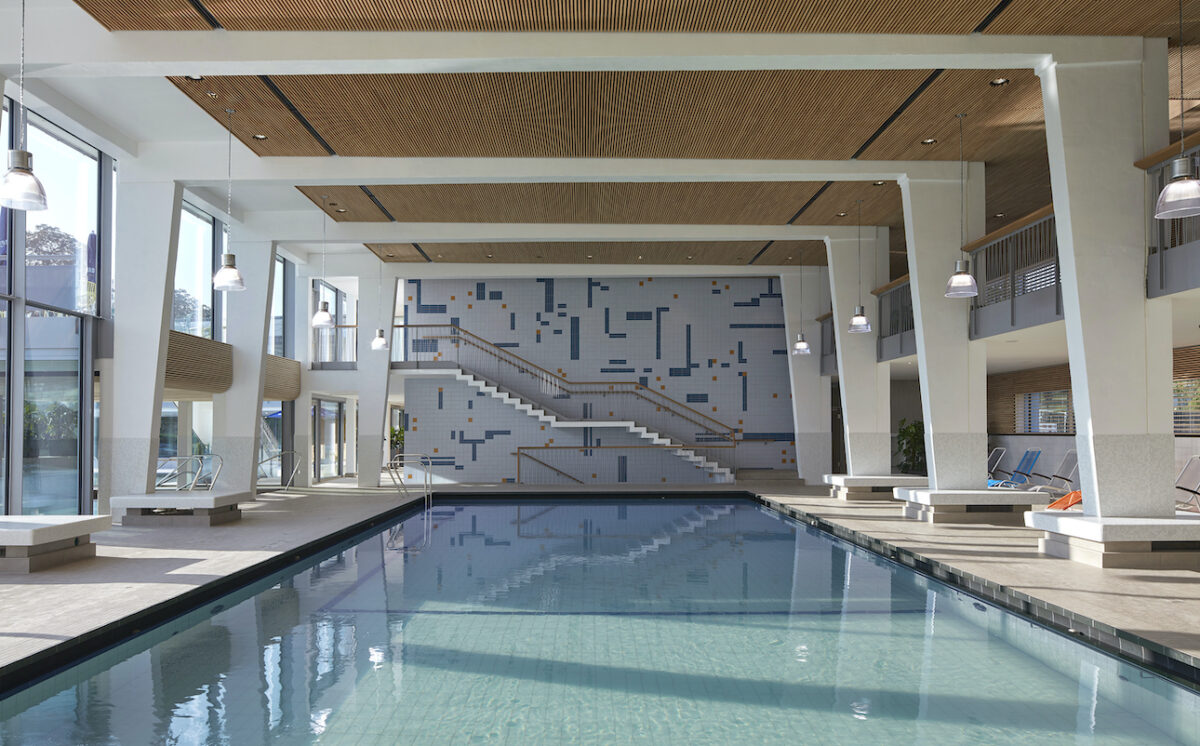
Stuttgart-based 4a Architekten has completed the large-scale renovation of Mineralbad Berg, a mineral spa and swimming baths in the German city. The spa, which holds a ‘cult’ status among Stuttgart residents, dates back to the 1850s, but most of its existing architecture was designed in the 1950s and 1970s.
One of the biggest challenges for 4a, which was tasked with updating the dilapidated complex for contemporary use, lay in striking the right balance between preservation, renewal and additions. The primary L-shaped building structure was stripped back to its shell and rebuilt. The core internal layout was retained, though the entrance was relocated in order to enhance accessibility with the addition of a wheelchair ramp. The entrance hall was renewed with an open and transparent design, while views out on to the outdoor pools and gardens have been maximised throughout.
Distinctive features have been carefully preserved from the original building, including glass art on the ceiling and a gilded bathtub on the gallery level. The ground-floor bathing hall, exercise pool and outdoor pool have been restored, along with the sauna on the upper storey. An old exercise pool to the east of the facilities was demolished and replaced with an annex to the bathing hall.
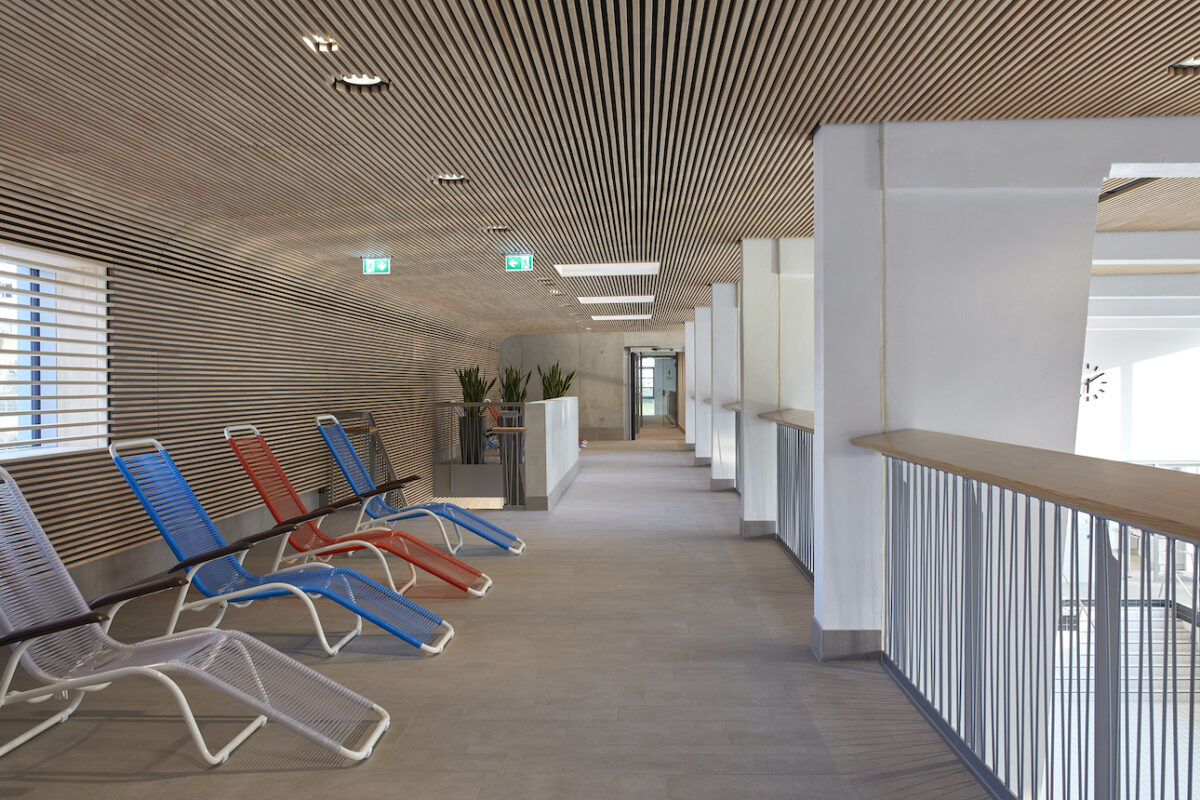
A new internal gallery was designed to extend the bathing hall, with reclining areas. A defining feature of the restored hall is a new wooden-strip ceiling that vaults over the pool, giving a warm atmosphere to the space whilst managing acoustics. A similar wooden ceiling is used in the exercise pool space. The new tiled wall in the bathing hall, developed in collaboration with Stuttgart artist Matthias Kohlmann, takes inspiration from original detailing while integrating new decoration.
Outside, the large outdoor pool was retained in shape and size but had to be fully rebuilt, with new tiling and lighting that enables evening swimming. The surrounding gardens were also restored.
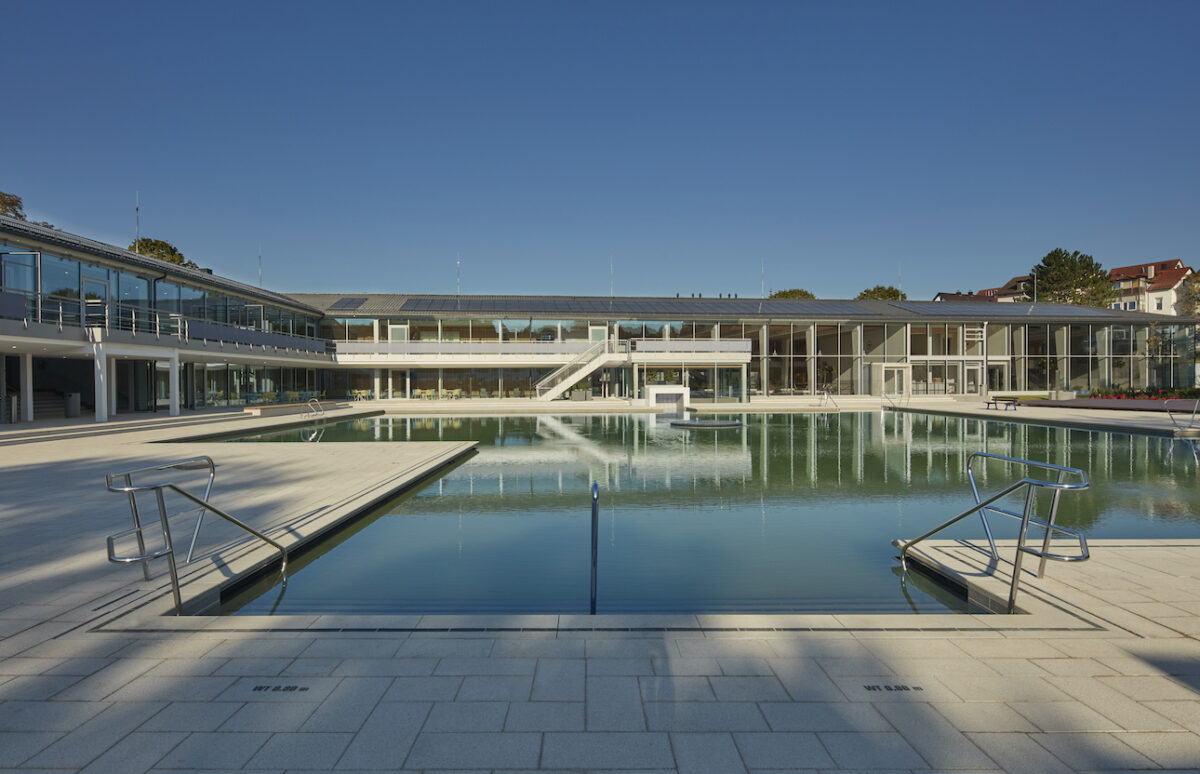
The main materials used across the project – which aim to instil calm as well as reflect original materiality – are wood, porcelain stoneware, mosaic tiles, exposed concrete and steel.
Photography by Uwe Ditz
Get a curated collection of architecture and design news like this in your inbox by signing up to our ICON Weekly newsletter

